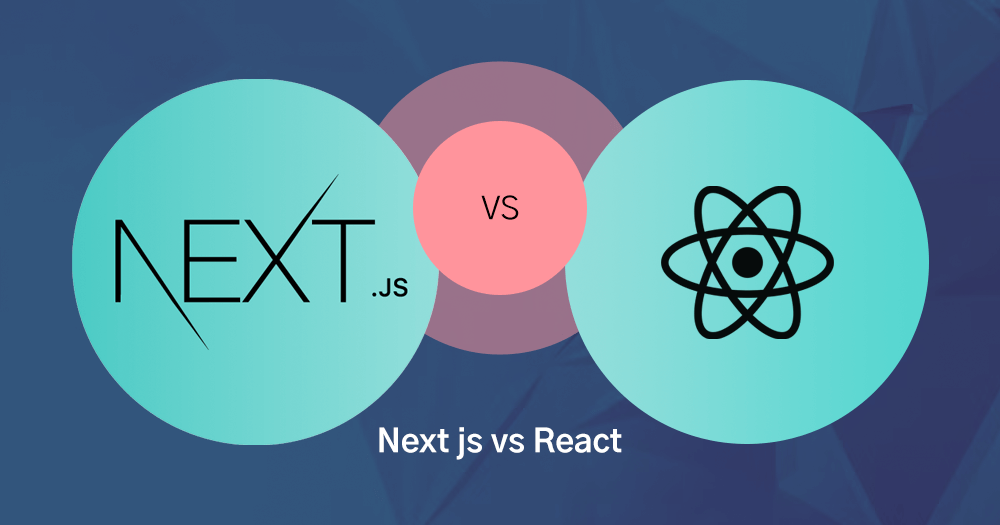Why Is React a Library and Next.js a Framework?
 Aman Yadav
Aman Yadav
In the world of web development, terms like "library" and "framework" often get tossed around, sometimes causing confusion. Two popular tools in this realm are React and Next.js. React is commonly referred to as a library, while Next.js is often termed a framework. But what exactly sets them apart? Why is React a library and Next.js a framework? Let's delve into the differences and advantages of each.
Understanding React: A Library for Building User Interfaces
React is a JavaScript library developed by Facebook for building user interfaces, particularly for single-page applications. But what does it mean to be a library?
1. Component-based: React follows a component-based architecture. Components are reusable, self-contained pieces of code that encapsulate a specific part of a user interface. This modularity allows developers to manage complex UIs more efficiently.
2. Focus on the View Layer: React primarily focuses on the view layer of an application. It provides a declarative syntax for defining UI components and efficiently updating the DOM when data changes.
Advantages of React:
Flexibility: React can be used with other libraries and frameworks, giving developers the flexibility to choose the tools that best suit their project requirements.
Virtual DOM: React utilizes a virtual DOM, which improves performance by minimizing the number of direct DOM manipulations, resulting in faster rendering.
Large Ecosystem: React has a vast ecosystem of libraries and tools (like Redux for state management, React Router for routing, etc.), making it highly extensible.
Introducing Next.js: A Framework for React
Next.js, on the other hand, is often categorized as a framework, built on top of React. But what makes it a framework?
1. Full-Featured Solution: Next.js provides a comprehensive solution for building React applications, including routing, server-side rendering (SSR), static site generation (SSG), and more. It offers a structured approach to building web applications, encompassing various aspects beyond just the view layer.
2. Opinionated Defaults: Next.js comes with built-in conventions and defaults, streamlining the development process by eliminating the need for configuring every aspect of the application from scratch.
Advantages of Next.js:
Server-Side Rendering (SSR): Next.js enables server-side rendering out of the box, which improves SEO, performance, and initial page load times by rendering pages on the server and sending HTML to the client.
Static Site Generation (SSG): Next.js supports static site generation, allowing developers to pre-render pages at build time, resulting in faster page loads and better performance, especially for content-heavy websites.
Integrated Routing: Next.js includes a powerful routing system, making it easy to define and navigate between different pages of the application.
Key Differences and Conclusion
In essence, the primary difference between React and Next.js lies in their scope and approach to application development. React serves as a library for building UI components, offering flexibility and modularity, while Next.js is a framework that extends React's capabilities by providing a structured environment for building full-featured web applications with features like SSR, SSG, and integrated routing.
Both React and Next.js have their strengths and are well-suited for different types of projects and development workflows. React is ideal for building highly customizable user interfaces, while Next.js is a go-to choice for building server-rendered, performance-optimized web applications. Ultimately, the choice between React and Next.js depends on the specific requirements and objectives of your project.
Subscribe to my newsletter
Read articles from Aman Yadav directly inside your inbox. Subscribe to the newsletter, and don't miss out.
Written by

Aman Yadav
Aman Yadav
Hey, I am pursuing Btech with a specialization in Artificial Intelligence and Machine Learning